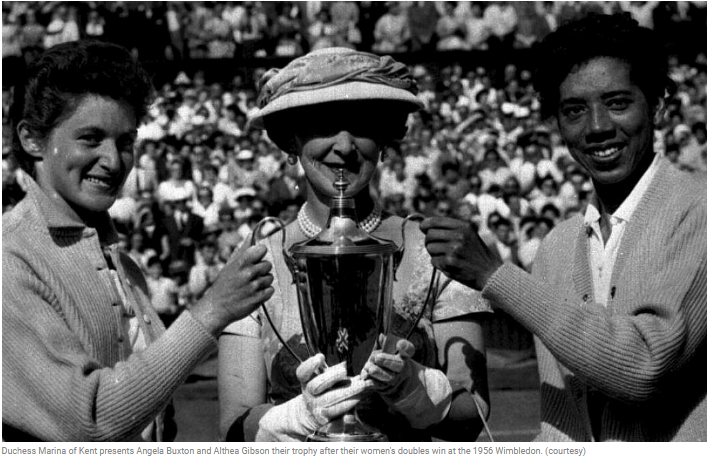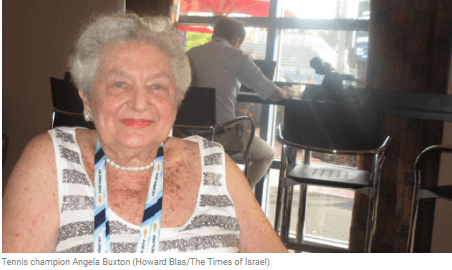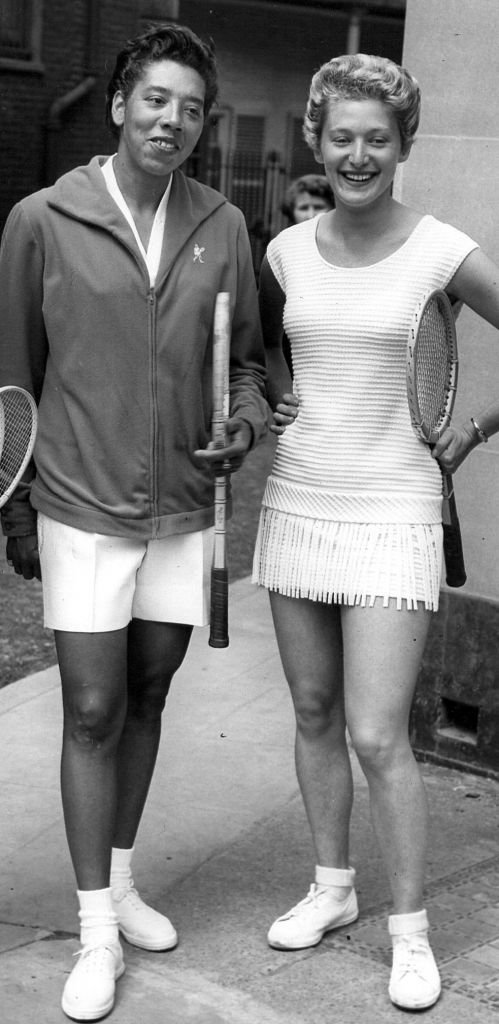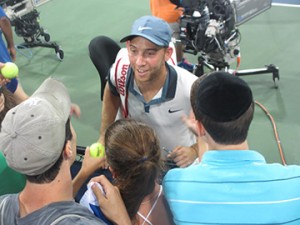Original Article Published On The Chabad.ORG
There are some topics people are happy to discuss with their friends and fellow congregants at kiddush after Shabbat services (and unfortunately, at times, even during services). Popular topics include local sports teams, the weather, the stock market, recent developments at local schools and politics. People might share reactions to the rabbi’s sermon, or express concern about a member of the community mentioned during the communal Mi Sheberach, the prayer for healing.
One topic that tends to be off limits is mental illness. We don’t generally discuss mental illness openly, and we often choose not to recite the Mi Sheberach for people dealing with issues of depression, anxiety, bipolar disorder, substance abuse, eating disorders, schizophrenia and other mental health issues. Some Jewish communities, mental health professionals and clergy members are working hard to change that. Mental illness and substance abuse do exist in all parts of the Jewish community.
In a poignant editorial in the New York Jewish Week, “Telling the Truth about Mental Illness,” Ruth Roth tells the story about dealing with her son’s first suicide attempt.1
He made it through that episode alive and with minimal impairment to his body. Once out of the hospital he appeared to be the same Jonathan he always was: kind, loving, caring, bright, engaging, witty. He begged us not to tell anyone what happened—not that he needed to. Of course we would keep this a secret, for so many reasons. We didn’t want to have our son labeled “crazy”; we didn’t want him to endure any comments or knowing glances from well-meaning people. We were private people who never revealed our innermost issues to anyone outside our family. And we certainly didn’t want our son to feel exposed.
Without realizing it, by keeping this secret, we validated Jonathan’s feeling of shame. Not only would he have to battle his illness, he would bear the burden of shame about it as well. From this point on, our family would have to present an outside face to the world that did not represent our inner reality. We didn’t comprehend the gargantuan weight we would assume with this decision.
Would we have acted the same way had Jonathan been diagnosed with cancer, gastrointestinal illness, severe cardiac illness, or diabetes? Absolutely not—we would never have hidden any of those illnesses. Ask me now and I will tell you that I wish I had shouted it from the rooftop, done anything, taken out an ad in The New York Times: “My son has a devastating mental illness. Can someone, anyone, offer me some advice to save his life?”
Sadly, five months later, Jonathan committed suicide.
Roth continues, “Having lived with the pain of isolation for the previous five months, we decided to be open about Jonathan’s taking his own life. This way, our friends could comfort us appropriately. More important, we would no longer have to bear the burden of living with a lie. It was the right decision for us.”
Dr. Esther Altmann, a New York-based clinical psychologist, says: “Mental illness is known as machalat hanefesh, illness of the soul. It doesn’t reflect our understanding of the brain, but it captures the essence of what it means to struggle with mental illness for the person or the family. It reminds us that psychological suffering happens to each of us at some junctures—just as we experience machalat haguf—illness of the body.”
Altmann shared the following data on mental illness in any given year in the United States:
- Approximately one in five adults—20 percent—experiences some form of mental illness.
- Approximately 4 percent experience a serious mental illness that substantially interferes with or limits their functioning in one or more major life activities.
- 1 percent of adults live with schizophrenia.
- 2.6 percent of adults live with bipolar disorder.
- 7 percent of adults have had at least one major depressive episode in the past year.
- 6 percent of the adult population reported heavy drinking.
- Suicide is now the leading cause of death for young people ages 15–24.
The numbers and stories are alarming, in the general population and in the Jewish community. Articles in the Jewish press, presentations and conversations at Jewish conferences, programs at synagogues and at communal gatherings are starting to raise awareness and offer hope.
In August 2013, Times of Israel blogger Diane Weber Bederman wrote openly about her mental illness in a revealing piece, “Mental Illness and the Jews”:2
I write about mental illness because I have one. I am a third generation mental-health survivor. I am named for my paternal grandmother, Devorah, and she had depression, as did my father. I was diagnosed in my late 40s with chronic recurrent depression. That means that there are times when everything is “tickety-boo” and others that are very dark. I was diagnosed when I was suicidal.
Stephen Fried, author (with Patrick Kennedy) of the New York Times bestseller, A Common Struggle: A Personal Journey Through the Past and Future of Mental Illness and Addiction, suggests ways to make the issue more central in the Jewish world. Fried wrote a provocative article called, “Jews Must Take Mental Illness Out of the Shadows.” In it, he asks,
What messages do we send to our congregations every day about mental illness and addiction? Do we, for example, believe in prayers for healing diseases of the brain the same way we do for all other diseases? Do we believe in mourning deaths from the tragic outcomes of these illnesses—suicides, overdoses—the same way we do for all other diseases? Do we regularly include these diseases in the “health” and “wellness” that we pray for and wish for others? Do our rabbis and community members offer hospital or home medical visits for these illnesses?
Regarding the Mi Sheberach prayer, Fried suggests, “Imagine the incredible power of hearing a congregation ask, as prayers do, for compassion, for restoration, for strength, for healing of the soul and healing of the body—and knowing that they are talking about you and your illness, too.”
Synagogues can bring these topics into the open by creating opportunities for awareness, discussion and networking. Mental health support networks are an essential way to keep families feeling less isolated and ostracized. Possible supports might include discussions and committees to organize help for those with postpartum depression and anxiety, suicide prevention training, mental health first aid treatment, a briut hanefesh (spiritual health) support group, mental health awareness Shabbatons, sessions for teens on body image and eating disorders, and more.
Dr. Andres Martin, Professor of Psychiatry at Yale University, sees an important role for rabbis and Jewish communal professionals. He stresses that forging alliances with culturally competent and informed providers can be a huge help not only for those in need of support, but also for rabbis and leaders. Martin further suggests, “It behooves rabbis and other community leaders, who are held in such esteem and respect, to become familiar with common mental health issues, challenges and illnesses. Depression, anxiety and substance abuse are very common, and early identification and treatment can be key to long-term recovery.”
There are several initiatives and training programs geared specifically to clergy and those working with teenagers. Most curricula combine clinical knowledge and Jewish texts to help identify and build resources to support the psychological issues that leaders are likely to encounter in communal settings.
Additionally, there are programs working with youth groups to address the topic of mental health in children and teenagers, raising awareness around issues of mental health and working to end the stigma of mental illness.
While the issue of mental health and mental illness is still in the background in much of the Jewish community, there are reasons for hope as the topic comes to the forefront in conferences, community forums and rabbinic training programs. As the Jewish community continues to tackle this complex issue, lives will be enhanced and hopefully even saved.







